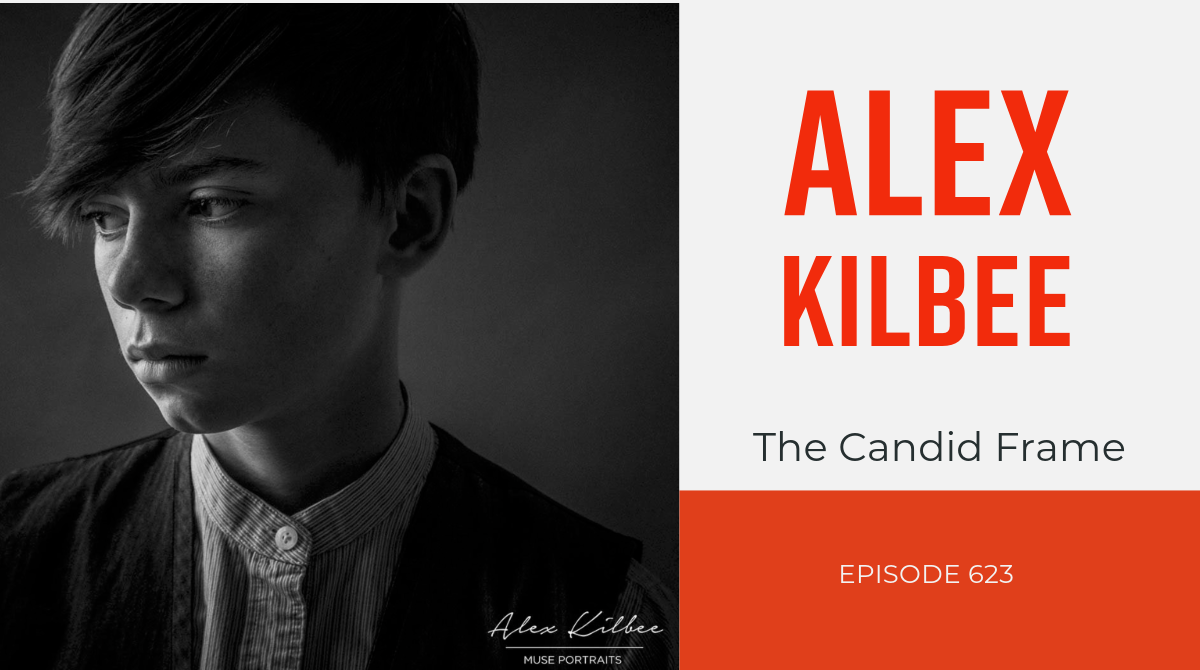The greatest source of education and inspiration for me has been looking at the work of great photographers. I have spent endless hours looking thru the monographs of Gordon Parks, Mary Ellen Mark, Roy DeCarava, Josef Koudelka, Tina Modotti, Manuel Alvarez Bravo, Robert Frank, William Albert Allard and countless others. Those moments leave me marveling at the unique way a person can see the world and capture a moment with a camera.
And as much as I have been inspired by that work, there are moments when I compare myself to them and question whether I have the right to pick up the camera at all. These people seem so exceptionally talented that creating such work seems only to be possible by a special and unique few.
I have even felt that when comparing myself to photographers who I follow on Instagram, some of whom are “amateurs” but who yet produce images that are unique and beautiful. How can someone who has only been photographing for 3 years or less produce such amazing results?
The Mistake of Comparison
The mistake that I made then and now is that I am making an unfair comparison. When I compare my work to the work of others, I am considering the entirety of my collection of images in comparison the select images of another photographer. I am not seeing each and every image that they produced, but instead those photographs they consider their best. And while I know that obvious truth, I too easily forget.
Wouldn’t it be wonderful to have access to the entirety of a photographer’s shoot so that I could observe not only the best shot but all the other images that fell short on their way to the photographs that did work? And what if I could hear a photographer discuss his or her process while looking at these images? Thankfully, such things exist.
Contacts - The Documentary
Contacts is a documentary series produced by French television. It features numerous legendary photographers discussing their photographic process while their images are displayed on the screen. Most valuable is that you have the opportunity to view the contact sheet of a shoot, which often includes some of the most iconic photographs ever produced.
Photographers including William Klein, Henri-Cartier Bresson, Marc Riboud, Nan Goldin, Sarah Moon, Duane Michals and others are showcased in this amazing series, which reveals how a photographer captures a quintessential and classic moment.
It’s fascinating because you often observe the images leading up to the singular image. You see how the photographer evaluates the scene playing out in front of them, constantly refining their composition with each exposure. Some images completely fail, while others fall short because of only the slightest of differences. When you see the image that does succeed, the reasons are clearly obvious when compared to the frames before and after. You quickly recognize how the subtlest of things can make or break an image.
Though the photographers are never on camera, their discussions of their work when juxtaposed against their photographs provides invaluable insight into how a talented and seasoned photographer freezes a spectacular moment in a camera.
The documentary series which consists of three volumes is available for purchase on used DVDs, but you can also find it streaming on YouTube.
Magnum Contact Sheets
The Magnum Photo Agency who was co-founded by the legendary combat photographer, Robert Capa has included some of the world’s best photojournalists and documentary photographers. And it is their work, specifically their contact sheets which are compiled in Magnum Contact Sheets by Kristen Lubben.
Much like the French documentary series, you get an intimate view of the photographers as they navigate a scene and attempt to come up with the singular photograph that captures the moment.
Consisting of 139 contact sheets from sixty-nine photographers the book not only provides access to the photographs that miss the mark but an understanding of and how and why the photographer eventually does succeed.
Both the documentary series and the book remind me that photography is as much a process as it is the individual photograph. Each of the photographers in these series shares how the camera, the eye, and experienced intuitiveness help lead a photographer to a great photograph. It also serves to remind me that even the greatest photographers make "bad" images, but that these same photographs provide the path to leads to the images that do succeed.
It provides encouragement that the process of making exceptional photographs is dependent not only on talent but a dedication to a personal process of seeing.




















Jeffery Saddoris is not only a talented artist, writer, and podcaster but a friend. A repeat guest of the podcast, we have enjoyed wonderful conversations about what it means to lead a creative life. What started as a technical test of my new podcast set-up turned into another wonderful conversation. We discussed recent events in my life and where we stand in our creative lives. Most importantly, this episode marks our return to regular production with new episodes of great conversations with and about photographers. Thank you for your kindness, support, and patience over the past three months.